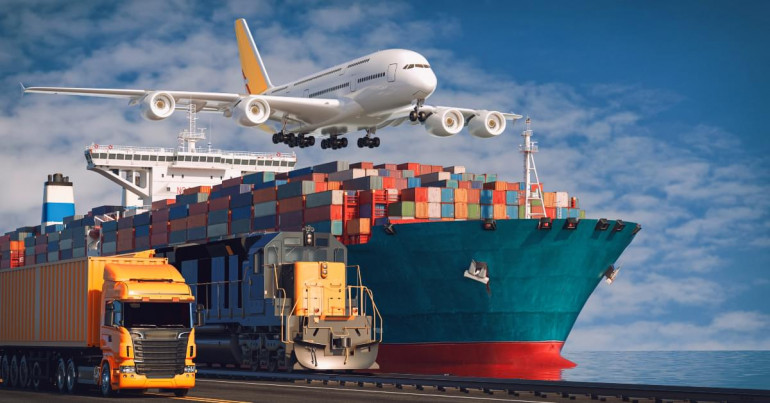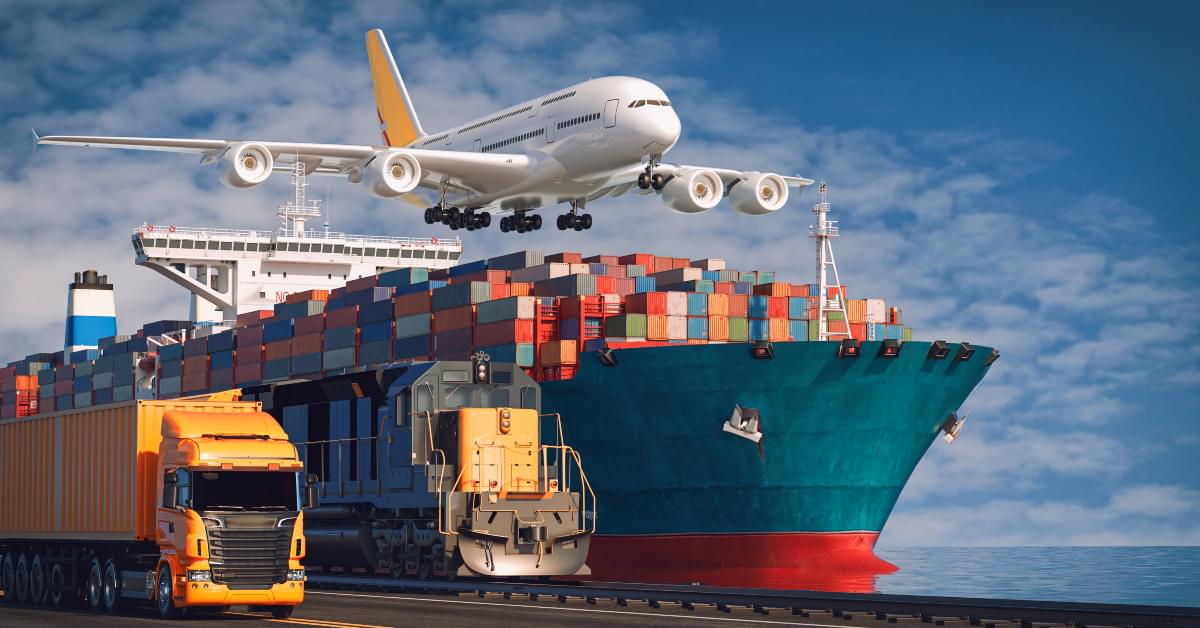
The causes of global supply chain disruptions are complex. Labour shortages, trade barriers, panic buying and conflict, have all contributed to the current crisis.
Many are be quick to blame Russia’s invasion of Ukraine and the resulting oil shortage for the current supply crisis. But this has only worsened an existing problem that began during the global pandemic. The ‘just-in-time’ model of production, which producers use remain competitive when faced with stiff competition, may prove to be our collective downfall.
The events of the past few years have irreparably damaged the global balance of trade. We’ve yet to see how governments might resolve the current crisis.

What industries are most affected by global supply shortages?
Few industries have been exempt from the supply crisis. An unfortunate consequence of a globally dependent economy is the knock-on effect that issues in one sector can cause in another. The export of raw resources (or the lack thereof) affect all other industries that rely on refined products. Worst affected are those that rely on the import of multiple, complex components such as the technology and aerospace industries.
Metals and mining
Bottlenecks and the resulting increase in the cost of raw materials has pushed up export costs to an all-time high in global mining industries. Aluminium markets face the most significant upset as major Russian aluminium exporters contend with international sanctions.
Pharmaceutics, ceramics, agriculture and water treatment
Russia is a significant producer of potash, accounting for almost 18% of global potash production and 20% of global ammonia exports.
A large proportion of these materials are used to manufacture fertilisers but they are also used in the manufacturing of ceramics, detergents, clothes, explosives and medicine.
Low supply from Russia combined with high energy prices is likely to result in a significant disruption to manufacturers that rely on these materials for production. The situation has already resulted in tangible price spikes.
Automotive manufacturing
Low supplies of nickel, copper, platinum, and steel have already damaged automotive supply chains which are totally dependent on the import of key metals. Analysts suspect that the situation may become more volatile and have-long term repercussions.
How does trade balance affect currency markets?
Trade balance measures relative demand for goods from a country. A nation with products or services in high international demand will typically see an appreciation of its currency. As buyers convert their money into local denominations, the increased demand will put upward pressure on the value of the currency.
Conversely, countries with large trade deficits buy more international goods than they export. Their currency is sold in larger volumes to pay for foreign imports. This has a negative impact on the currency of major importers, lowering its value.
Sudden changes in trade can create volatile currency markets
Most manufacturers use a ‘just-in-time’ model of production to offset the risks of unpredictable geopolitical circumstances and stiff competition. They produce only the bare minimum needed to satisfy demand.
When it works, this approach keeps costs down and profits up, reducing the cost of shipping and storage. To do so however, requires a robust analysis of consumer demands and well-coordinated logistics. But, as we’ve seen, it also makes manufacturers unable to adapt to sudden change.
Supply chain disruptions disproportionately affect producers. Any disruptions here can significantly affect prices, especially in industrial production, where dependence on logistics disproportionately affects international trade and, consequently, forex markets. As demand for goods outstrips supply, or vice-versa, demand for certain currencies (and their value) will vary in response.
Retailers and suppliers create economic ‘whiplash’
Retailers, on the other hand, have the power to create a ‘’bullwhip effect.’ Small fluctuations in retail demand can cause progressively larger fluctuations at each link in the supply chain as manufacturers and wholesalers attempt to predict future output requirements.
As producers, suppliers and retailers each struggle to meet consumer demands, bouncing back and forth between over- and under-production, currencies fluctuate symptomatically.
The current supply crisis has made most metrics we use to measure the performance of an economy obsolete. Thousands of moving parts and interconnected industries – each tackling their own unique worries – have made it impossible to predict how the market may change from day to day, fueling negative market sentiment and FX volatility.
What factors threaten to worsen supply shortages?
While there had been signs of easing supply chain disruption earlier in 2022, evolving global factors and political events now pose new risks. Some emerging sources of potential risk include:
Chinese trade shocks
When China joined the WTO in 2001, many expected the move to mutually benefit both US and Chinese economies. Instead, inexpensive exports from China significantly undercut the US manufacturing sectors. The ‘China Shock’ was responsible for the loss of 1 million manufacturing jobs in the US.
Some economists believe that the China Shock ended years ago, and its effects are unlikely to happen again. Others believe that US is now exposed to supply shocks of a different variety as China’s exports slowly change from labour-intensive products to more capital-intensive goods.
European port congestion
Bottlenecks at European shipping terminals aggravate trade problems between China and Northern Europe. Container ships deployed from the EU to China are consistently delayed by at least 20 days. They often arrive late, forcing exporters to postpone, or cancel, pending shipments.
In addition, the war in Ukraine has filled stock yards with goods originally bound for Russia. Docks are filled with cargo that can no longer transport due to sanctions. Stock has been shifted to far-flung ports to alleviate congestion, but these too are now full to capacity.
The Shanghai lockdown
China’s latest lockdown threatens to worsen the supply disruption. As a result of these measures, freight traffic in the Shanghai metropolitan area plunged to almost non-existent levels.
Shanghai handles 19% of all China’s global merchandise exports. In particular, Shanghai is a major manufacturer of technology such as computers and mobile phones. Disruptions to Chinese trade as a result of the extreme lockdown could have disastrous effects on the global tech industry.
UK rail strikes
Repeated rail strikes pose a critical threat to the UK’s already weak supply chain. Over the past year, rail services have been set back by rising wage inflation and labour shortages.
Delays caused as a result have had several knock-on effects. For example, the inability to quickly move goods and workers threatens ongoing civil engineering works such as the new High Speed 2 (HS2) project.

How can businesses insulate themselves from import/export disruptions?
Markets are vulnerable to significant changes due to international politics, which fuel market uncertainty and volatility.
Changes in trade policy, for example, can alter the costs of raw materials and tariffs. This may impact the profitability of associated markets and can force smaller competitors to find more affordable alternatives.
To protect yourself and your business from currency fluctuations, it’s important to ensure your FX exposure is adequately managed.
CurrencyTransfer helps facilitate robust financial strategies by offering a variety of powerful FX tools and solutions into a single, intuitive platform.
We offer better exchange rates than those of major banks. Call now and our team of experts will help you find the FX solution that best suits your needs.
Matthew Swaile
Copywriter
Florence Couëdel
Editor



